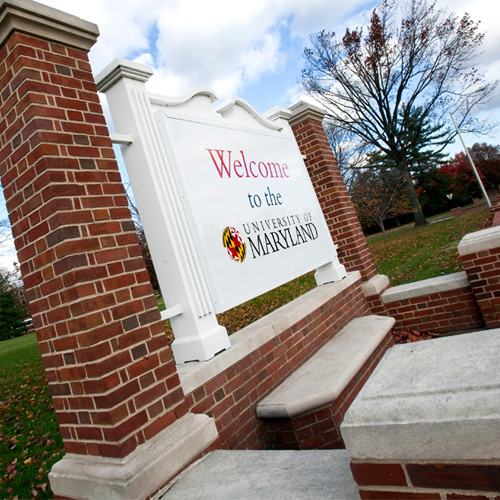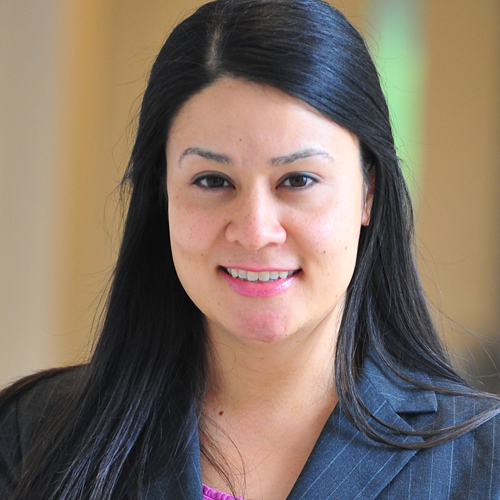The aerospace engineer is concerned with the processes, both analytical and creative, that are involved in the design, manufacture and operation of aerospace vehicles within and beyond planetary atmospheres.
Aerospace engineers design, develop, and test aircraft, spacecraft, and missiles, and supervise their manufacture. Those who work with aircraft are called aeronautical engineers, and those working specifically with spacecraft are called astronautical engineers. Aerospace engineers develop new technologies for use in aviation, defense systems, and space exploration, often specializing in areas such as structures, propulsion systems, vehicle movement and control, communications, and overall vehicle design.
These vehicles range from helicopters and other vertical takeoff aircraft at the low-speed end of the flight spectrum, to spacecraft traveling at thousands of miles per hour during launch, orbit, transplanetary flight, or reentry, at the high-speed end.
In between, there are general aviation and commercial transport aircraft flying at speeds well below and close to the speed of sound, and supersonic transports, fighters, and missiles. Although each speed regime and each vehicle poses its special problems, all aerospace vehicles can be addressed by a common set of technical specialties or disciplines.
Undergraduate Contact
For inquiries regarding the Aerospace Engineering Undergraduate Program you may contact: aero_undergrad@umd.edu
The Department of Aerospace Engineering is a stand-alone department, meaning we are not part of a larger department, but instead we are a separate and distinct discipline. On some campuses, aerospace is a division of the mechanical engineering department. At Maryland, we have approximately 31 professors who predominantly or solely teach aerospace courses to our undergraduate and graduate students.
Our program is a top ten nationally recognized program and is sixth in the nation for aerospace engineering at a state university.
To help keep our students excited about aerospace engineering, students will take at least one aerospace course every semester. The first aerospace course, ENAE100, is typically taken during the student’s first semester on campus. This course is designed to provide students with a practical introduction and further ignite their excitement of aerospace engineering. In this course, students will get hands-on research experience working in a faculty member’s lab on an aerospace-related project.
Due to our large research budget, over half of our undergraduate students are employed in one of our many research labs on campus. These research opportunities may begin as early as your freshman year, but most students begin their employment in their sophomore or junior year. Our students are able to take the knowledge gained in the classroom and utilize it in a hands-on experience in a research lab or center.
We are located in a geographical area which is rich in co-op, internships, summer and full-time job opportunities. The campus is less than five minutes from NASA Goddard and the College Park Metro Station which is part of the Washington, D.C. Metro system. Numerous industry and government posts can be obtained in and around the D.C. and Baltimore corridor.

